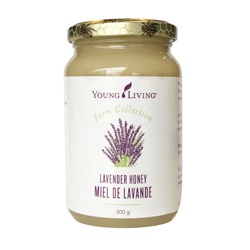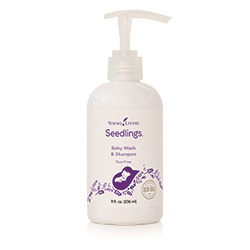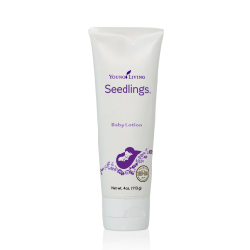Using essential oils can seem complicated and confusing. That’s why we published a page dedicated to answering your questions about essential oil safety. Here are a few answers to questions asked by those who are beginning to learn and use essential oils.
Q. What is a carrier oil?
A. A carrier oil is a neutral, non-aromatic, plant-derived oil such as coconut oil, olive oil, grapeseed oil, etc. Carrier oils can be used to dilute essential oils to ensure that they are comfortable and safe for topical application to the skin.
To perform a patch test, apply 1¬–2 drops of essential oil to a patch of skin such as the forearm. Observe that area of skin over the course of 1–2 hours for any noticeable reaction. Normally any reactions will occur within 5¬¬–10 minutes. If you experience a hot or burning sensation or develop a rash, add a carrier oil to the affected area as often as needed.
Q. What is a "hot" oil?
A. Hot oils are any essential oils that create a hot or warming sensation when applied to the skin. Some examples of hot oils include cinnamon bark, clove, lemongrass, oregano and thyme. It’s recommended that you use a patch test on these or any new oils you intend to use topically.
Q. What if I experience skin discomfort or irritation after applying an essential oil topically to my skin?
A. If you feel any discomfort or irritation, stop using the essential oil and apply a carrier oil to the affected area. There are some documents that suggest diluting essential oils with water. Unfortunately, water actually drives oil into the skin and eyes. Avoid using water in an attempt to flush the oil off of the skin; this may increase discomfort. If all you have on hand is water, you can use it in place of a carrier oil. In this case, focus on flushing the affected area with a large amount of water with consistent flow. If an essential oil gets in your eye, flush it out using a carrier oil as quickly as possible to alleviate any discomfort. If eye discomfort does not subside within five minutes, seek medical attention.
Q. Can essential oils be applied to sensitive areas?
A. Avoid contacting sensitive areas such as eyes, ears, genitals and mucous membranes with essential oils.
Q. How often can I apply essential oils? How much should I use?
A. Follow the proper usage instructions printed on each essential oil label. Essential oils can be very powerful, so start with a small amount and go slow. Excessive use of essential oils may increase your risk of having an adverse reaction. In most cases, 1–2 drops are adequate—using more may be a waste of the oil. Depending on the essential oil, you can gradually build up to 3¬–4 uses per day, if desired.
Q. Can I use essential oils during pregnancy or when I’m nursing?
A. As with any medical condition, it’s recommended that prior to using essential oils you seek the advice and recommendation of a competent, trained health care advisor who is experienced in essential oil usage.
Q. Can children use essential oils?
A. Many essential oils are appropriate for use on children but should be diluted with a carrier oil prior to use.
Q. Should I avoid exposure to the sun after using essential oils?
A. Some essential oils, especially citrus oils, contain natural molecules that react with sunlight (UV light) and cause a sensitivity reaction. Any essential oils or blends that contain these compounds should come with a warning to avoid sun or any other UV light for 12 to 48 hours after applying.
Q. Should I use essential oils if I have a medical condition? Can essential oils interact with prescription medications?
A. If you have a disease or medical condition or are using a prescription medication, it’s recommended that prior to using an essential oil you consult with a health care advisor who has experience with essential oils. Seek the advice of the prescribing physician and a pharmacist about potential interactions between any medication and essential oils.
Continue to Explore:







